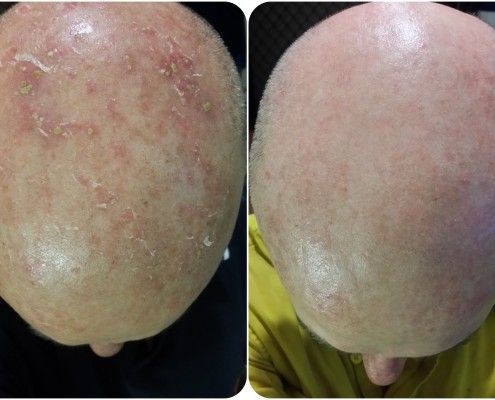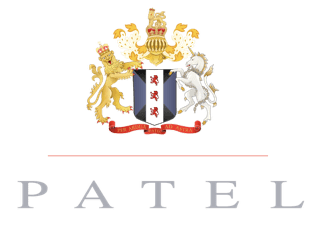PHOTODYNAMIC THERAPY – PDT SALT LAKE CITY & ST. GEORGE
PHOTODYNAMIC THERAPY – PDT - SALT LAKE CITY & ST. GEORGE
Photodynamic Therapy, also called PDT, is a medical treatment that uses light energy to kill precancerous, sun-damaged skin cells as well as inflamed acne lesions.
How Does it Work?
Photodynamic therapy is an outpatient procedure and does not require a hospital stay. It may be used in conjunction with other treatments like fractional skin resurfacing to deliver superior clinical results.
The treatment begins with the topical administration of a photosensitizing agent, on the area to be treated. This drug is absorbed by the skin cells, both healthy and cancerous, but stays in cancerous cells longer. 2 hours after the application of topical drug, specific wavelength lights are administered for 15 to 20 minutes to activate the photosensitizer. Once the drug is activated, it produces a highly reactive form of oxygen which attacks and destroys the abnormal skin cells.
How will I feel after the PDT treatment?
It is normal to experience redness, swelling or tingling for about 48 hours after your PDT session. Crusting, darkening or lightening of the skin may also occur. Normally these effects pass in 1-3 days, and improve markedly within a week. By this time you will also notice the results of your treatment. Within 4 weeks of treatment, you will notice much improved appearance of your skin, more natural, youthful and vibrant.
What after-treatment care is required?
It is important to take care of the treated area immediately following PDT, as it will be sensitive to UV rays. This includes avoiding all sun exposure for the first 48 hours, and avoiding extended periods of direct sun light without adequate protection ( sunscreen, hat, coverage) for about two weeks. Some patients choose to take a day or two off work while their skin recovers, depending on the extent of their treatment.
We always take care to monitor your recovery, so we would review it at regular intervals post treatment.
What can be achieved with PDT?
The number of dystrophic or sun-damaged cells are decreased leading to an improvement in the texture of the skin and a reduction in the probability that these cells will be come cancerous. It also is very effective in helping to reduce the number of seaceous glands along with the bacteria, propionobacterium acnes, that causes acne. Hence, dramatic improvements in the number of active acne lesions are seen. Particular improvements are seen in those people who have cystic or inflammatory type acne. Benefits are gained not only from the activation of ALA by LED light or IPL, but also from the LED light or IPL light itself rejuvenating the skin.How many sessions are needed?
Best results are achieved by two to four sessions at intervals between 10 and 30 days for the treatment of acne. Treatment of solar keratosis, basal cell carcinomas, psoriasis and skin rejuvenation generally requires less treatments at intervals of 4 to 6 weeks ( one or two treatment).
Who does this suit?
People with solar keratosis, basal cell carcinoma, active inflammatory acnes, sun damaged skin can all benefit from PDT.
It is not suitable for people who are breastfeeding, pregnant, have history of keloid scarring, Roaccutane use in past 6 months, or have a history of porphyria.

Quick Enquiry
Short on time? Simply send your enquiry here and we will get back to you with more information.
www.englishsurgeon.com: Site of the "English Surgeon" website. Dr. BCK Patel MD, FRCS, Salt Lake City, St. George, Layton, Orem, Mid-Town, Utah; London, England
Originator of London Blepharoplasty, London Facelift, London Browlift, Patel Hammock Lift, SMURF Festoon Correction. Created by Patel Plastic Surgery - Dr. Bhupendra C. K. Patel MD, FRCS
Dr. BCK Patel MD, FRCS 1025E 3300S Salt Lake City, Utah 84106, USA (801) 413-3599 (phone/text) E: info@patelplasticsurgery.com
Dr. BCK Patel MD, FRCS 585 E Riverside Dr Suite 201 Saint George, UT 84790 (435) 215-0014 E: drbckpatel@gmail.com




